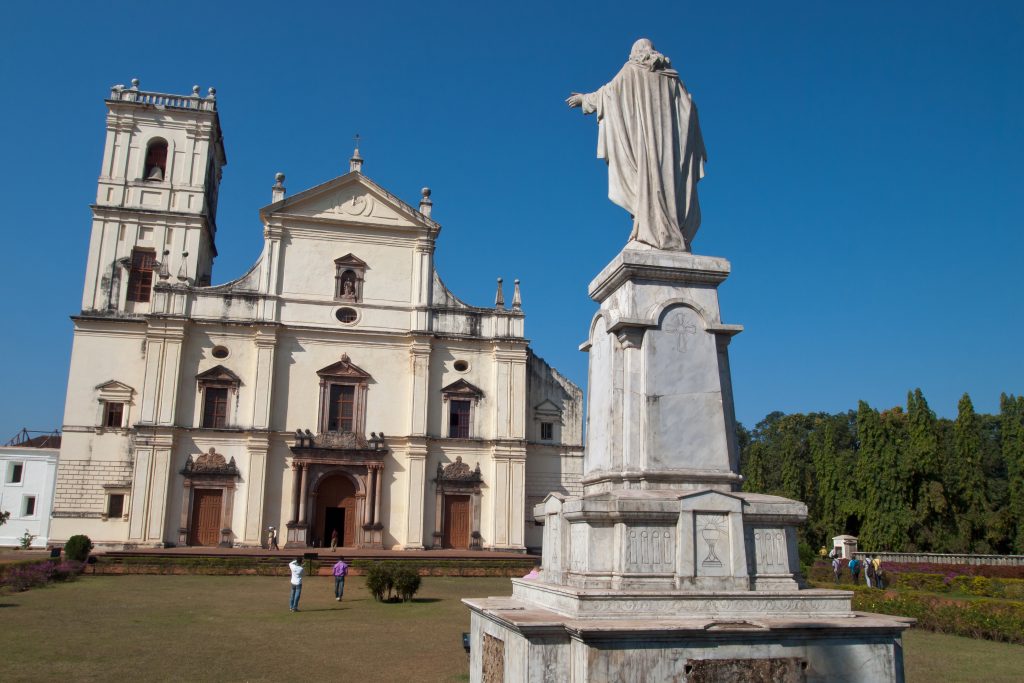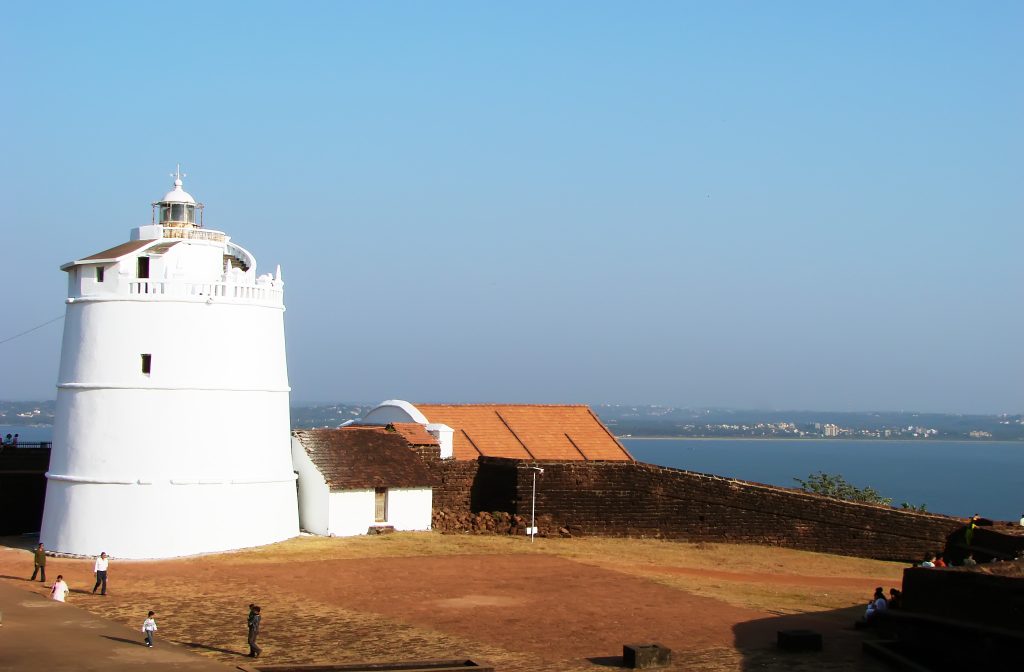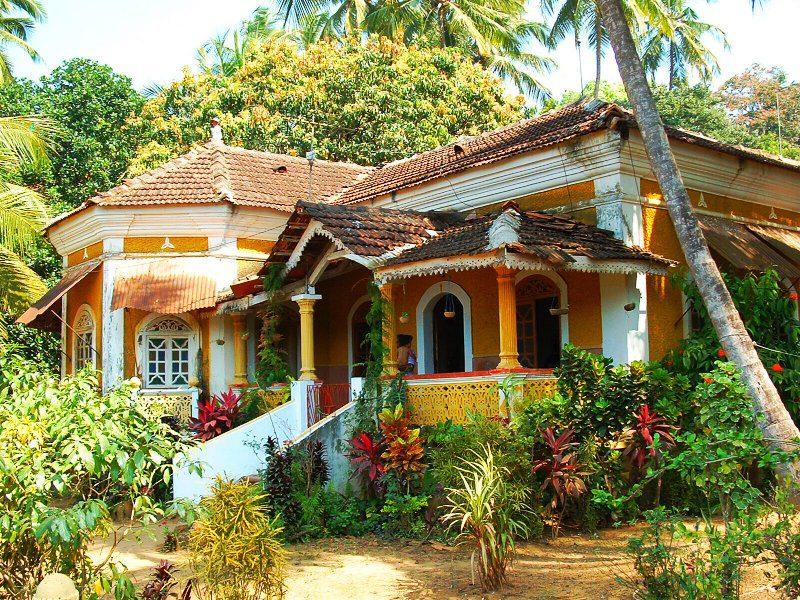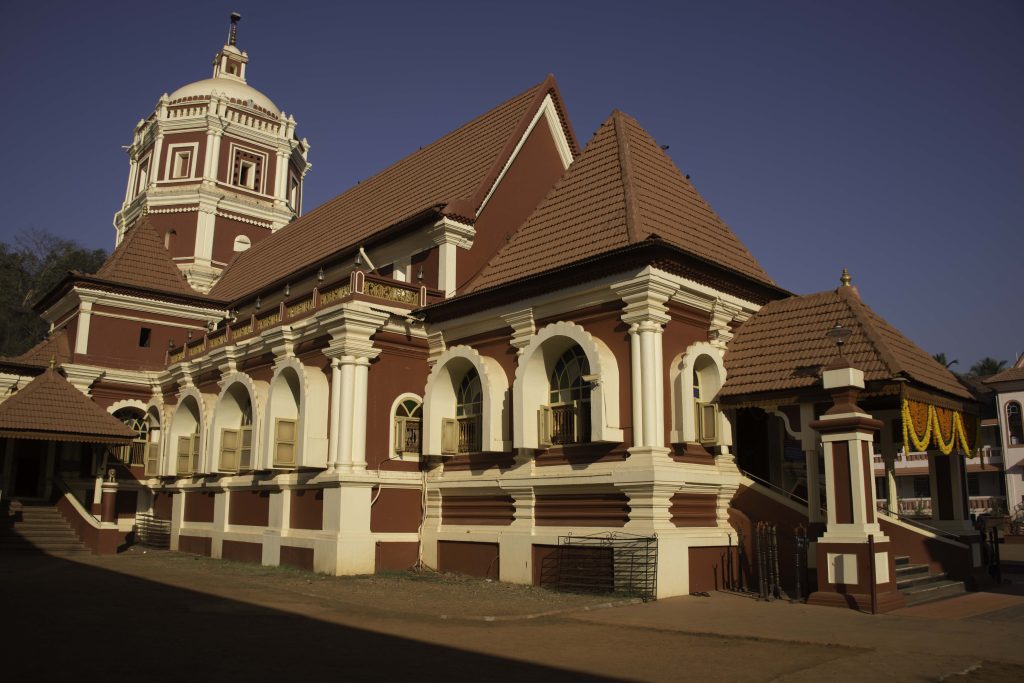Nestled on the western coast of India, Goa is a small state known for its picturesque beaches, vibrant nightlife, and delicious seafood. However, beyond its modern allure lies a treasure trove of history and culture that dates back centuries. This article aims to take you on a journey through Goa’s rich heritage, offering a glimpse into its historical significance and the remnants of its storied past.
Goa: A Melting Pot of Cultures
The history of Goa is a tapestry woven with diverse cultural influences. Over the centuries, the region has been shaped by various dynasties and colonial powers.
Indigenous Heritage
Before the arrival of the Portuguese, Goa was ruled by dynasties such as the Kadambas, Rashtrakutas, Vijayanagara Empire, and Bahmani Sultanate. Each dynasty left its mark on the region’s cultural fabric, evident in its architecture, arts, and traditions. For example, the Kadambas were responsible for building many of Goa’s early temples, while the Rashtrakutas left their mark on the region’s architecture through their use of intricate stonework. The Vijayanagara Empire brought with it a rich tradition of art and music, while the Bahmani Sultanate introduced Islam to the region.
Portuguese Colonialism
Goa was a Portuguese colony for over 450 years, from 1510 to 1961, and the impact of this colonial rule is still visible today. The Portuguese brought their language, religion, and architectural styles, leaving an indelible mark on Goan culture. For example, the Portuguese introduced Christianity to Goa, and today the majority of Goans are Catholic. The Portuguese also built many of Goa’s iconic churches and forts, which are now popular tourist destinations.
Post-Colonial Goa
Goa gained independence from Portugal in 1961, and since then it has been a state of India. However, Goa’s unique culture and history continue to set it apart from the rest of India. Today, Goa is a popular tourist destination, known for its beautiful beaches, laid-back atmosphere, and delicious food.

Old Goa: The Former Capital
Old Goa, also known as Velha Goa, was the capital of Portuguese India from the 16th to the 18th centuries. Today, it stands as a testament to Goa’s colonial past and is home to several historically significant sites.
The Basilica of Bom Jesus is a UNESCO World Heritage Site and one of the most revered Christian pilgrimage centres in the world. It houses the mortal remains of St. Francis Xavier, a prominent Jesuit missionary. The basilica’s architecture showcases a blend of Indian and European styles.
The Se Cathedral is one of the largest churches in Asia and an architectural marvel. Built to commemorate the victory of the Portuguese over a Muslim army, it is dedicated to St. Catherine of Alexandria. The cathedral’s interior is adorned with exquisite paintings and gilded altars.
The Church of St. Cajetan is inspired by St. Peter’s Basilica in Rome and showcases Corinthian architecture. It stands as a testament to the Portuguese influence on Goan culture. Its white façade and intricate details make it a must-visit for history enthusiasts.
The Archaeological Museum and Portrait Gallery is housed in the Convent of St. Francis of Assisi and provides a deeper understanding of Goa’s history. It exhibits a diverse range of artefacts, sculptures, and portraits, offering insights into the region’s past.
In addition to these historical sites, Old Goa is also home to a number of beautiful gardens, including the Miramar Garden and the Adil Shah Palace. These gardens provide a tranquil setting for visitors to relax and enjoy the beauty of Goa’s natural surroundings.
Old Goa is a must-visit for anyone interested in the history of Goa, its culture, or simply beautiful scenery.

Forts: Sentinels of the Past
Goa’s coastline is dotted with magnificent forts, serving as reminders of its strategic importance and the battles fought over its possession in the history of Goa.
- Aguada Fort: Situated on Sinquerim Beach, Aguada Fort is a 17th-century Portuguese fort that played a crucial role in protecting Goa from enemy attacks. The fort offers breathtaking views of the Arabian Sea and houses a well-preserved lighthouse. It is also a popular spot for tourists, who can explore the fort’s ramparts, dungeons, and cannons.
- Chapora Fort: Perched on a hilltop overlooking the Chapora River and Vagator Beach, Chapora Fort gained popularity after being featured in the Bollywood movie “Dil Chahta Hai.” While the fort itself is in ruins, its location provides panoramic vistas of the surrounding landscapes. Visitors can also climb to the top of the fort for stunning views of the Arabian Sea.
- Fort Tiracol: Located at the northernmost tip of Goa, Fort Tiracol offers stunning views of the Arabian Sea. Today, it has been converted into a heritage hotel, allowing visitors to immerse themselves in the fort’s historical ambience. The fort also has a museum that houses a collection of artefacts from the Portuguese era.
These are just a few of the many forts that can be found in Goa. Each fort has its own unique history and offers visitors a glimpse into the region’s rich past.

Fontainhas: Goa’s Latin Quarter
Fontainhas, located in the capital city of Panaji, is a charming neighbourhood that reflects the Portuguese influence on Goan architecture and way of life. Strolling through its narrow winding streets is like stepping back in time through the history of Goa.
Here are some of the things you can see and do in Fontainhas:
- Admire Portuguese architecture: The houses in Fontainhas feature vibrant colours, wrought-iron balconies, and red-tiled roofs, reminiscent of Portuguese architecture. The attention to detail and preservation of this heritage makes it a delight for architecture enthusiasts.
- Take a Latin Quarter Heritage Walk: Take a guided walking tour through Fontainhas to explore its hidden alleys, historic buildings, and quaint cafés. The tour provides insights into the neighbourhood’s history, culture, and architectural nuances.
- Visit the Museum of Goa: The Museum of Goa is located in Fontainhas and houses a collection of artefacts and exhibits that tell the story of Goa’s history and culture.
- Sample the local cuisine: Fontainhas is home to a number of restaurants that serve traditional Goan cuisine. Be sure to try the vindaloo, a dish made with pork or chicken in a spicy curry sauce.
- Relax in a café: Fontainhas is also a great place to relax and enjoy a cup of coffee or a glass of wine. There are a number of cafés and restaurants where you can sit back and soak up the atmosphere.

Temples: Reflections of Goa’s Diverse Spirituality
While Goa has a significant Christian population, it is also home to a rich tapestry of Hindu temples, reflecting the region’s multicultural ethos.
- Mangueshi Temple is dedicated to Lord Shiva, one of the principal deities of Hinduism. It is one of the largest and most famous Hindu temples in Goa. The temple is located on a hilltop overlooking the Arabian Sea, and its elaborate architecture and serene surroundings make it a must-visit for spiritual seekers.
- Shanta Durga Temple is dedicated to the goddess Shanta Durga, an incarnation of the goddess Durga. The temple is located in the lush greenery of Kavalem village, and it is a popular pilgrimage destination for Hindus. The temple complex also houses smaller shrines dedicated to various Hindu deities.
- Mahalasa Temple is dedicated to the goddess Mahalasa, a form of Lord Vishnu’s consort, Lakshmi. The temple is located in the village of Mardol, and it is known for its annual festival, called the “Mardol Mahalasa Jatra.” The festival is a vibrant celebration of Goan culture, and it attracts visitors from all over the world.
These are just a few of the many Hindu temples that can be found in Goa. Each temple has its own unique history and architecture, and they all offer a glimpse into the rich culture of this region.
Conclusion
Goa’s historical significance extends far beyond its pristine beaches and party scene. The remnants of its past tell tales of conquest, spirituality, and cultural assimilation. Whether you’re a history enthusiast, a cultural explorer, or simply someone looking to delve deeper into the history of Goa, be sure to uncover the layers of its rich heritage for a truly enriching experience.
Immerse yourself in the grandeur of Old Goa, explore the mighty forts, wander through Fontainhas, and discover the spiritual oasis of Goa’s temples. Each step will bring you closer to unravelling the captivating history that shaped this vibrant state.
If you’re looking to make Goa your second home, then feel free to reach out to the team at Azul Homes to find your spot in this beautiful state. Our upcoming ultra-luxury projects are truly one-of-a-kind experiences that blend the very best of opulent living, with the charm of the rustic village surroundings of Goa.
